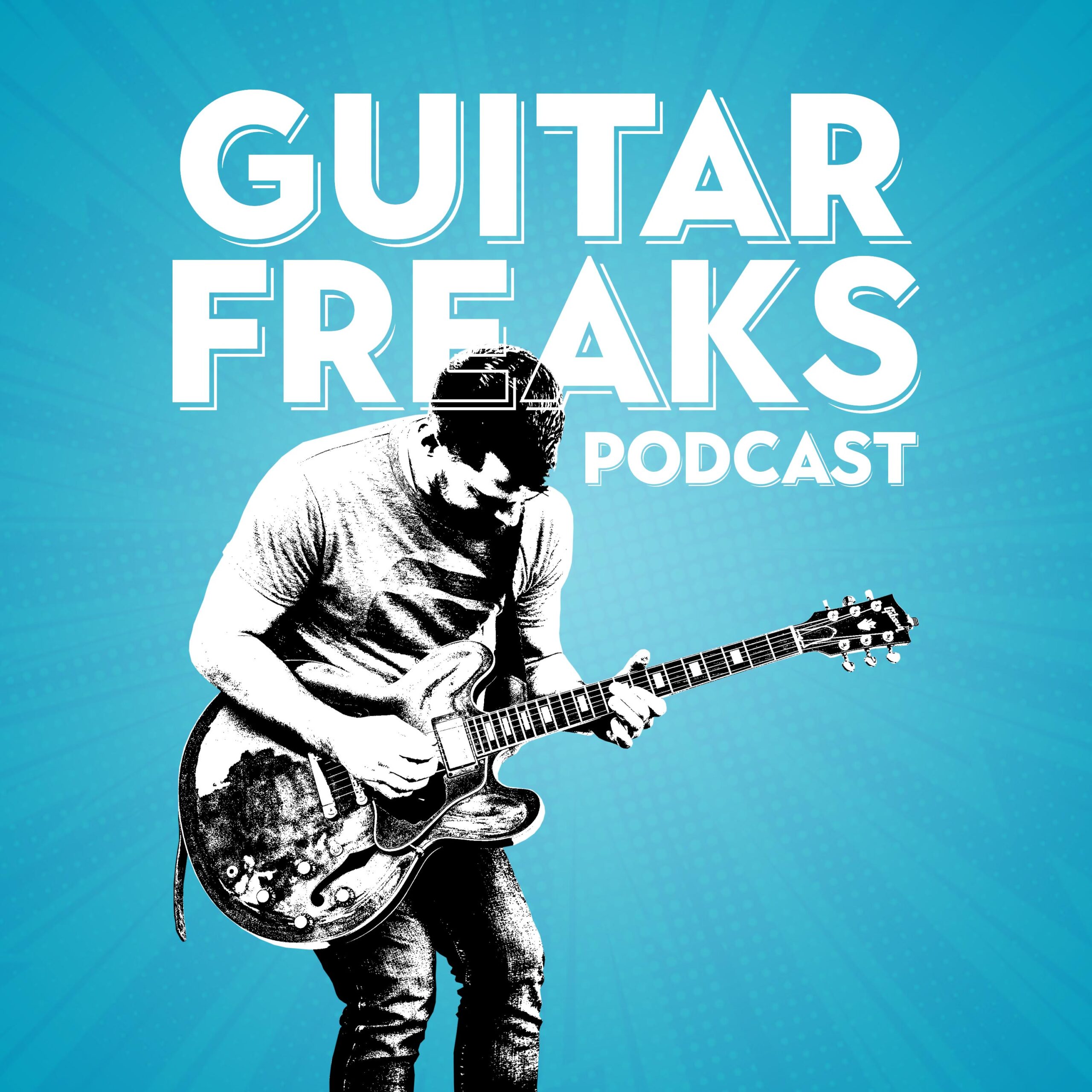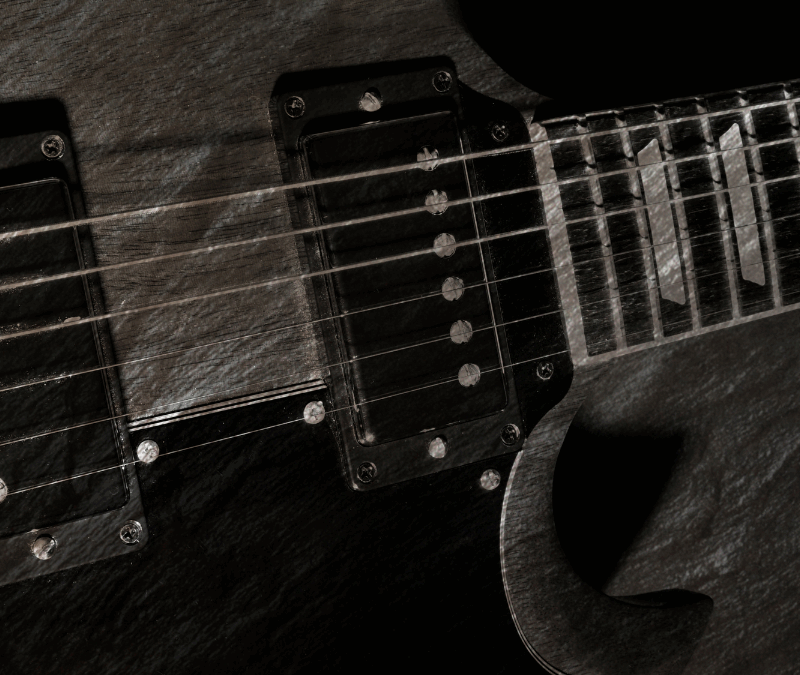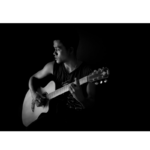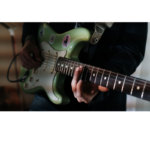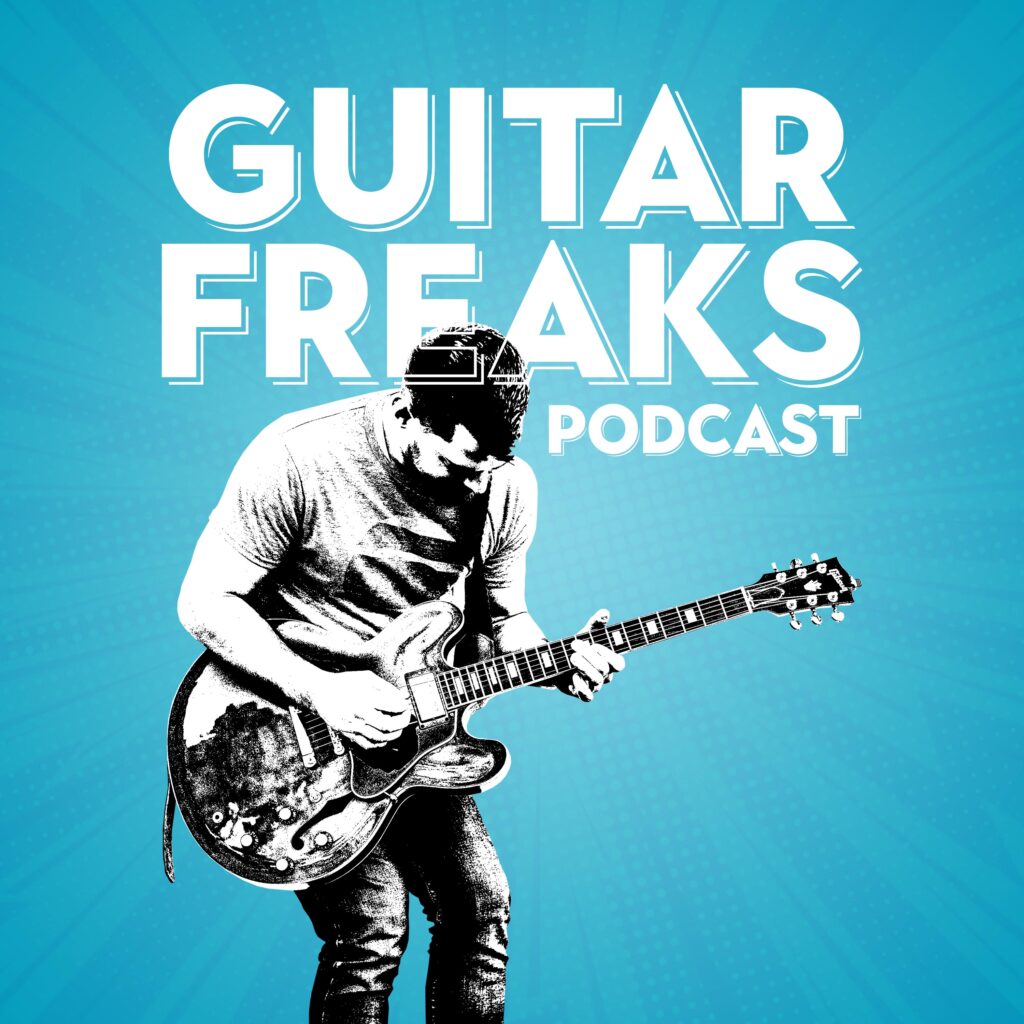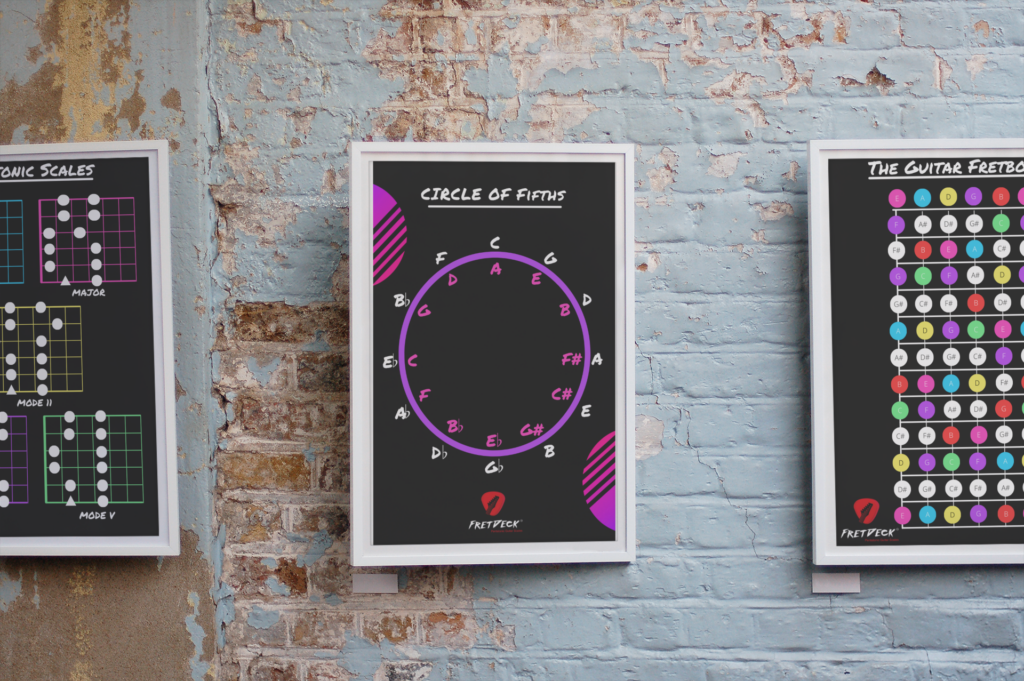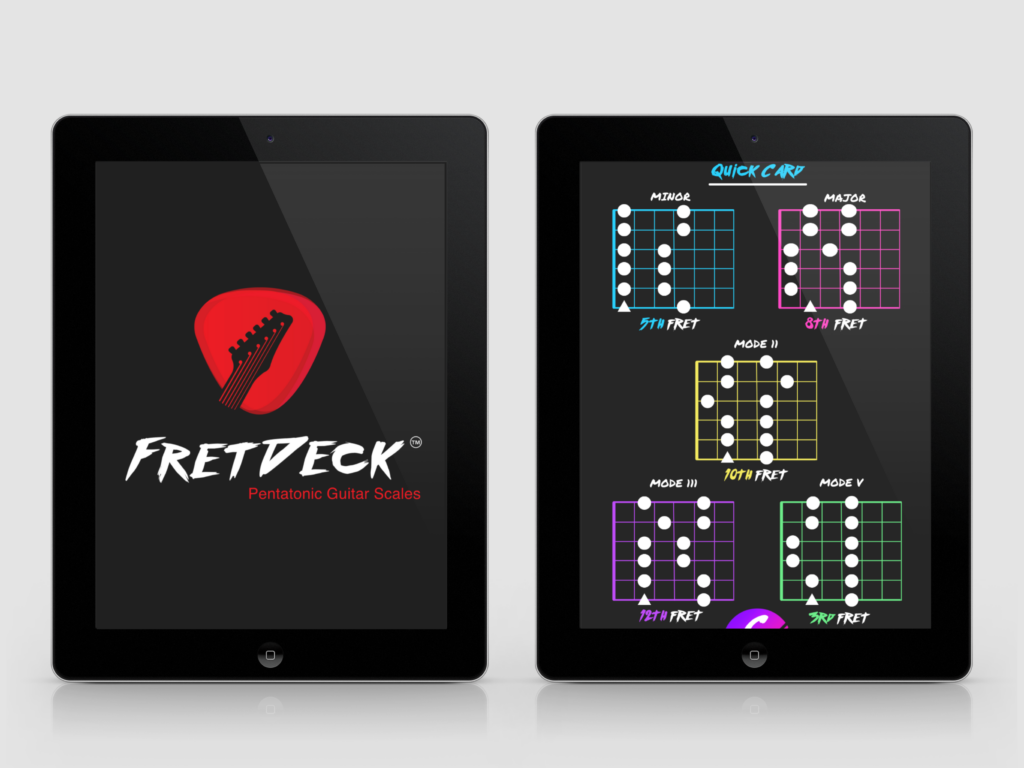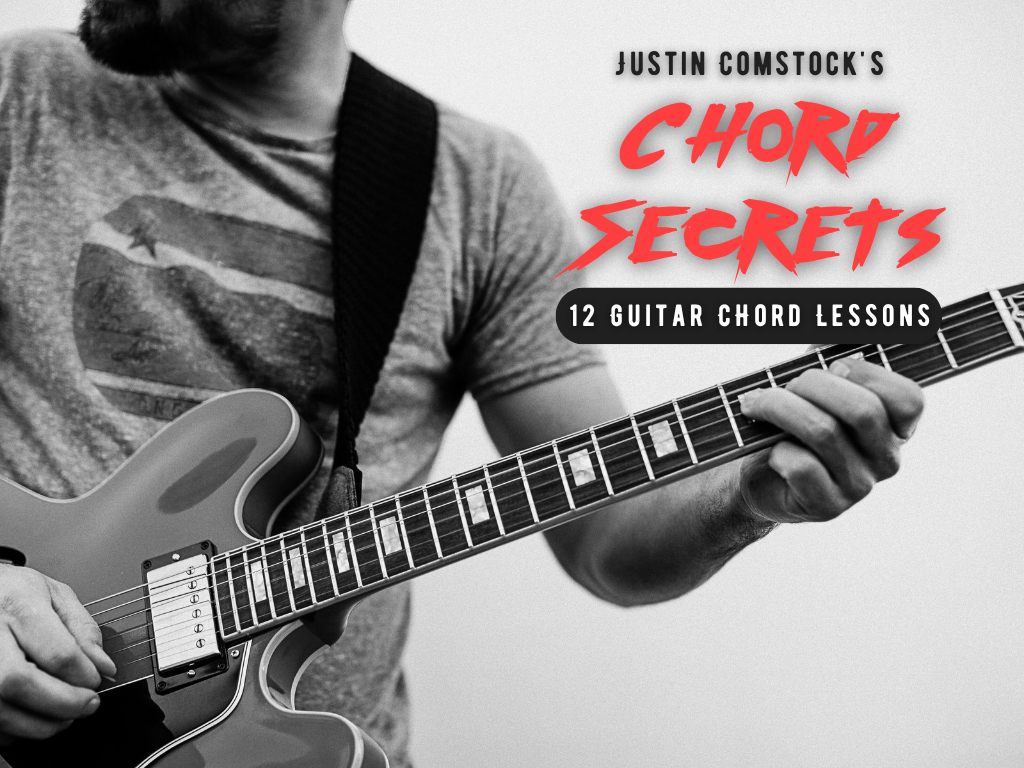“Reading guitar scales isn’t about decoding dots—it’s about seeing a path.”
Let’s be honest for a minute.
Most guitarists approach scales like algebra:
🔹 Lots of dots.
🔹 Some finger numbers.
🔹 And a deep sense of “What the hell does this mean?”
You stare at a diagram, pick a random starting note, and run up and down the pattern, hoping it turns into music.
But here’s the truth:
You don’t need to be a theory wizard to understand how to read guitar scales.
You need a system. And a story.
This post gives you both.
Whether you’re staring at your first scale chart or you’ve memorized every box from A to G#, I want to show you a better, clearer way to read guitar scales—and use them musically.

❌ Stop Guessing. Start Shredding.
If you’re still fumbling through scale patterns and box shapes… it’s costing you progress.
FretDeck™ is the no-fluff system that shows you exactly how to master the fretboard—fast. Early access.
⚡️ This isn’t for dabblers. It’s for players who want results.
👉 Click here to join the pre-launch now
Early access. Limited rewards. Don’t wait.
🔍 What Does “Reading Guitar Scales” Actually Mean?
When someone says “read the scale”, they usually mean:
- Interpret the diagram
- Know where to start
- Understand what the pattern represents
- Turn those shapes into actual sound
But most diagrams don’t tell the full story.
Let’s fix that by walking through three core scale visualizations—and how to read each one fluently.
📈 Scale Type #1: Fretboard Diagrams
These are the grids you see in books and online. Strings are vertical, frets are horizontal. Dots mark where your fingers go.
They often look like this:
E|---●---|-------|---●---|-------|
B|-------|---●---|-------|---●---|
G|---●---|-------|---●---|-------|
D|-------|---●---|-------|---●---|
A|---●---|-------|---●---|-------|
E|-------|---●---|-------|---●---|
This is part of the minor pentatonic scale. But what do the dots mean?
How to Read It:
- Each dot = a scale tone
- The fretboard is mirrored vertically: low E string is on bottom
- Start with your root note (usually indicated in a different color or with an “R”)
- Follow the path from the root, staying within the scale
✅ Pro Tip: Highlight the root notes (like A in an A minor scale) to always know where you are.
📊 Scale Type #2: Tablature (TAB)
If fretboard diagrams show you the “where,” TAB shows you the “when.”
Example:
e|----------------5-8-|
B|------------5-8-----|
G|--------5-7---------|
D|----5-7-------------|
A|5-7-----------------|
E|--------------------|
This is an A minor pentatonic scale ascending.
How to Read It:
- Each line = a string (low E on bottom, high e on top)
- The numbers = fret numbers
- Read left to right
- Play slowly at first and listen to the tone of each note
✅ Pro Tip: As you get comfortable, focus on phrasing—not just running up the scale. Try slides, bends, pauses.
🎼 Scale Type #3: Standard Notation
Yes, traditional sheet music. Rare in rock/blues, but essential for classical and jazz guitar.
Example:E: 1st string | Fret 5 = A note | Scale = A minor
How to Read It:
- Staff lines = pitch
- Note heads = duration
- Key signature = scale type
- Time signature = rhythm
✅ Pro Tip: Combine this with TAB or diagrams if you’re learning sight-reading.
🧠 The Real Skill: Visualization
The true mastery isn’t just reading scales. It’s seeing them across the neck—in motion, in context, in songs.
That’s where most players get stuck.
You’ve memorized the diagram… but when someone says, “Let’s jam in E minor,” your brain hits a brick wall.
Here’s what helped me: a new way to see scale patterns, not just memorize them.
🃏 Why I Built FretDeck to Solve This
Reading scales used to frustrate me. The dots didn’t mean anything. Patterns didn’t feel musical.
So I created FretDeck—a set of physical and digital guitar cards that break scales down visually, musically, and practically.
Each card shows:
- One scale shape
- Root note positions
- Fretboard zones
- A creative prompt to jam with
It turned reading scales into something I could feel in my fingers—not just decode on a screen.
👉 Join the Kickstarter Pre-Launch to get FretDeck before it ships to the public

❌ Stop Guessing. Start Shredding.
If you’re still fumbling through scale patterns and box shapes… it’s costing you progress.
FretDeck™ is the no-fluff system that shows you exactly how to master the fretboard—fast. Early access.
⚡️ This isn’t for dabblers. It’s for players who want results.
👉 Click here to join the pre-launch now
Early access. Limited rewards. Don’t wait.
🎯 5 Steps to Read Guitar Scales Like a Pro
Here’s the actual system I teach to students, and use myself.
✅ Step 1: Find the Root Note
Every scale has a home base. Learn where your root lives on each string.
Example: A minor pentatonic
- Root on 5th fret of low E
- Root on 7th fret of D
- Root on 5th fret of high e
Highlight them in your diagram or TAB.
✅ Step 2: Learn One Pattern at a Time
Don’t try to memorize the whole fretboard on Day 1. Learn one shape, get comfortable, and play music with it.
✅ Step 3: Apply It Immediately
Play a backing track and use that shape to:
- Phrase licks
- Solo melodically
- Copy the rhythm of a singer
Don’t noodle—speak.
✅ Step 4: Connect to Chords
Play an A minor chord. Now play an A minor scale over it. Notice how the notes overlap.
This helps you see scales as harmony, not just lines.
✅ Step 5: Shift Keys
Once you own a scale in A, try it in C, D, or E. Use the same shape, different starting fret.
This builds true neck freedom.
🧪 Example Exercise: Minor Pentatonic in 3 Ways
Let’s say you want to master the A minor pentatonic scale.
Here’s how to read guitar scales: practice from three angles:
1. Fretboard Diagram
Mark the root notes. Play slow, focusing on clean tone and finger placement.
2. TAB Practice
Use a metronome. Go up and down. Then… break the pattern. Improvise.
3. Backing Track Jam
Put on an Am groove. Limit yourself to 2 strings. Phrase like a singer. Pause often.
🚨 This is where reading turns into playing.
🧠 Why Most Guitar Books Don’t Teach This
Guitar books throw everything at you:
Modes, positions, intervals, obscure keys…
But they rarely show you how to:
- Visualize the neck
- Connect scales to chords
- Build musical instinct
That’s why I believe in cards over books.
🛠 FretDeck: Built to Train Your Brain, Not Just Your Hands
FretDeck isn’t just a deck of diagrams. It’s a learning system designed for the electric guitarist:
- Pentatonic, blues, and major scales
- 60 total keys across 5 positions
- Practice prompts, visual targets, root note indicators
- Portable. Tactile. Playable.
👉 Pre-order now via our Kickstarter Launch Page and get bonuses like:
- Discord community invites
- Early access to our other decks and courses
🧭 Final Notes: What You Should Be Able to Do
Once you can read a scale, you should be able to:
- Identify the root
- Know the intervals
- Visualize the shape
- Move it across keys
- Apply it in context
If you can do those things—you’re not just reading. You’re playing with purpose.
✉️ Join the Guitar Freaks Hangout
Want to jam with others learning the same system?
We’ve built a growing Discord community where we:
- Post weekly practice challenges
- Swap licks and videos
- Host live Q&A and FretDeck Watch Parties
🎸 Join us here: Guitar Freaks Hangout Discord »
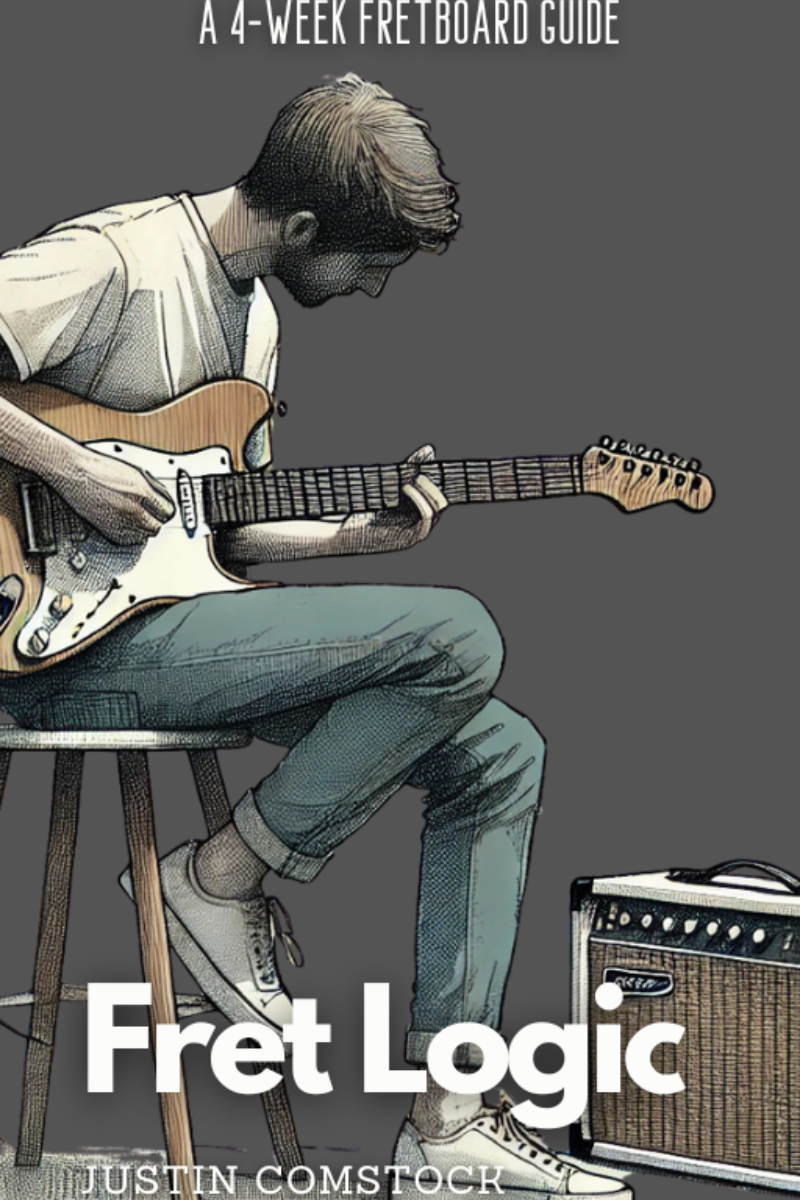
Join Guitar Freaks Hangout on Discord! 🎸
Get Fret Logic FREE!
Join the Guitar Freaks Hangout Discord and get exclusive access to my entire e-book, Fret Logic! Master the fretboard and elevate your solos with this comprehensive guide.
👉 Don’t miss out—join now and download your free copy!
📌 Recap: How to Read Guitar Scales in 5 Steps
| Step | Action |
|---|---|
| 1 | Find the root note |
| 2 | Learn one pattern |
| 3 | Improvise over a backing track |
| 4 | Connect to chords |
| 5 | Shift keys and apply |
🚀 Your Next Moves
- Choose one scale this week
- Read it using diagrams, TAB, and by ear
- Use FretDeck to make it visual
- Jam for 10 minutes a day
- Join our Discord to stay accountable
🃏 Ready to learn guitar scales like a pro—without the overwhelm?
👉 YES! I Want FretDeck + Bonuses »
Read this next → Learn Scales on Guitar – The Secret System That Helps You Finally Unlock the Neck
Practice with backing tracks here → YouTube: Quist Jam Tracks
